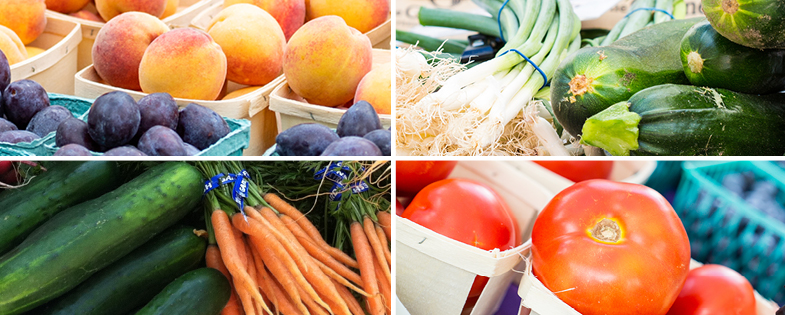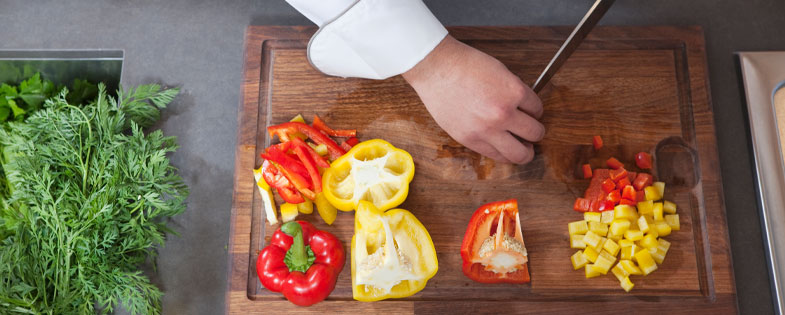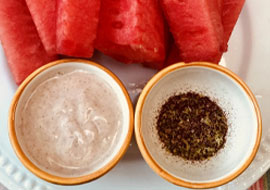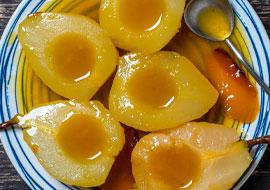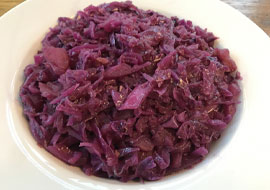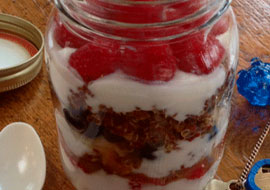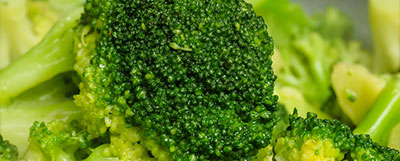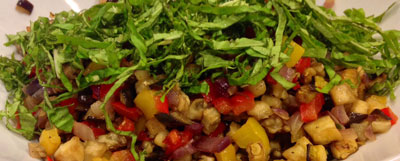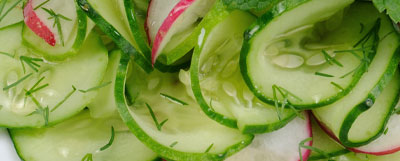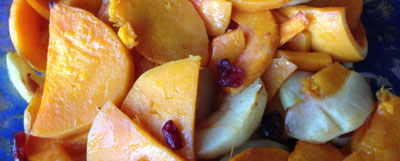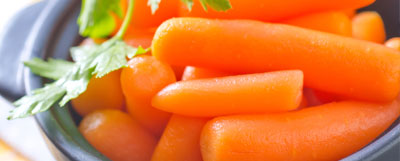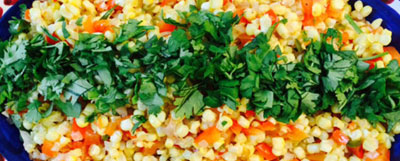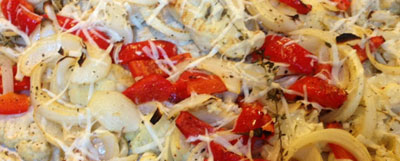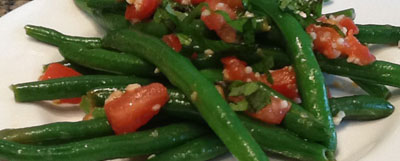You’ve stocked up on your favorite fruits and vegetables at your local grocery store or farmers market – now what?
Sign up for MHealthy’s 2024 Fruit and Vegetable of the Week six-week newsletter and get new ideas for preparing your market finds. Each issue, July 11 – August 15, 2024, will highlight a different fruit or vegetable and include:
- An easy, budget-friendly recipe
- How-to video
- Health benefits
How to sign up:
- If you register for the new Fruit and Veggie Challenge, you are automatically signed up to receive the newsletter. The deadline to register for the Challenge is July 15.
- If you only want to receive the six-week newsletter, submit your email address in this form by July 26.
